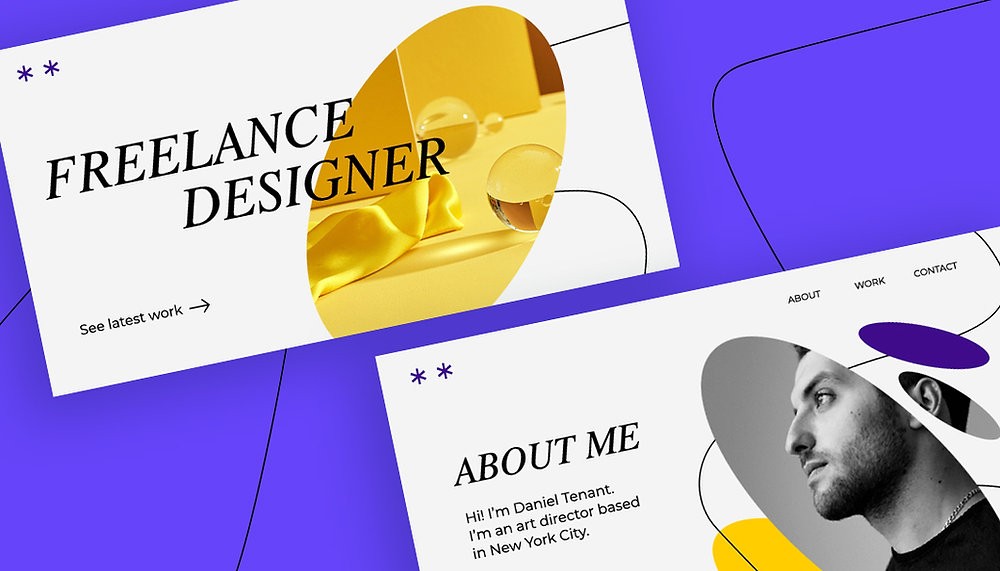
The Art of Creating User-Friendly Websites as a Freelancer
In the digital age, where the internet serves as a gateway to information, services, and products, the quality of a website's user experience (UX) can make or break its success. As a freelancer in the web design industry, mastering the art of creating user-friendly websites is essential. Users expect websites to be intuitive, accessible, and visually appealing. In this comprehensive guide, we will delve into the world of user-friendly web design, exploring its principles, best practices, and the tools that freelancers need to excel in this art.
The Significance of User-Friendly Websites
The Impact of User Experience (UX)
Explore how user experience influences website success and user satisfaction.
The Freelancer's Role in Web Design
Understand the unique position of freelancers in delivering user-friendly websites and meeting client expectations.
Understanding User-Friendly Web Design
Defining User-Friendly Websites
Define what it means for a website to be user-friendly and why it's essential in today's digital landscape.
The Evolution of User-Centered Design
Trace the evolution of web design from developer-centric to user-centric, highlighting the shift toward user-friendly design.
The Principles of User-Friendly Design
Clarity and Simplicity
Learn how clarity and simplicity in design contribute to a positive user experience.
Responsive and Mobile-Friendly
Discover the importance of responsive design and mobile optimization in catering to diverse users.
Navigational Intuition
Explore techniques for creating intuitive navigation that guides users seamlessly through a website.
Accessibility for All
Understand the principles of web accessibility and how they benefit users with disabilities.
Speed and Performance
Learn how website speed and performance impact user satisfaction and retention.
The Benefits of User-Friendly Websites
Increased User Engagement
Explore how user-friendly design encourages users to stay longer and interact more with a website.
Enhanced SEO Rankings
Understand the connection between user-friendly design, mobile-friendliness, and search engine rankings.
Improved Conversion Rates
Discover how user-friendly websites lead to higher conversion rates and better business outcomes.
Building Brand Trust
Learn how a positive user experience builds trust and fosters customer loyalty.
Long-Term Success
Explore how prioritizing user-friendliness ensures the long-term success and relevance of a website.
Tools and Resources for User-Friendly Design
Usability Testing Tools
Discover tools for conducting usability tests to gather valuable user feedback.
Prototyping Software
Explore prototyping software for creating interactive design prototypes and iterating on UX improvements.
Accessibility Checkers
Learn about accessibility checkers that help ensure websites comply with accessibility standards.
Performance Optimization Tools
Discover tools for optimizing website performance and delivering a faster user experience.
Mastering User-Friendly Design: Tips and Best Practices
Conduct User Research
Understand the importance of user research in uncovering user needs and preferences.
Create Intuitive Navigation
Learn techniques for designing intuitive navigation menus and site structures.
Prioritize Mobile Optimization
Explore strategies for mobile optimization to cater to the growing mobile user base.
Implement Accessibility Features
Understand how to implement accessibility features, such as alt text for images and keyboard navigation.
Optimize Page Speed
Discover methods for optimizing page speed to keep users engaged and satisfied.
Challenges in User-Friendly Design
Balancing Aesthetics and Functionality
Explore the challenge of striking a balance between visually appealing design and functional usability.
Cross-Browser Compatibility
Learn about the complexities of cross-browser compatibility and the importance of thorough testing.
Keeping Up with Evolving User Expectations
Understand the challenge of staying ahead of ever-evolving user expectations and design trends.
User-Friendly Design and SEO
Mobile-Friendly Ranking
Discover how Google's mobile-friendly ranking algorithm affects SEO and search engine visibility.
Core Web Vitals and SEO
Explore the relationship between core web vitals, user-friendliness, and SEO performance.
Accessibility and SEO
Understand how web accessibility practices can positively impact SEO rankings.
Trends in User-Friendly Web Design
Dark Mode and Light Mode
Explore the rising trend of dark mode and its impact on user comfort.
Microinteractions
Discover the use of microinteractions to enhance user engagement and interaction.
Voice User Interfaces (VUI)
Learn about the integration of voice user interfaces and conversational design.
Minimalism and Simplicity
Explore the principles of minimalism and simplicity in modern web design.
Elevating Your Freelance Web Design Career with User-Friendly Websites
In conclusion, the art of creating user-friendly websites is not just a skill; it's a fundamental aspect of successful web design. As freelancers, your ability to prioritize user experience, implement best practices, and adapt to evolving trends can set you apart in a competitive field. User-friendly websites not only satisfy users but also contribute to better SEO rankings, improved conversion rates, and enhanced brand trust. By mastering this art, you can elevate your freelance web design career and deliver exceptional results that leave a lasting impression on your clients and their user.
